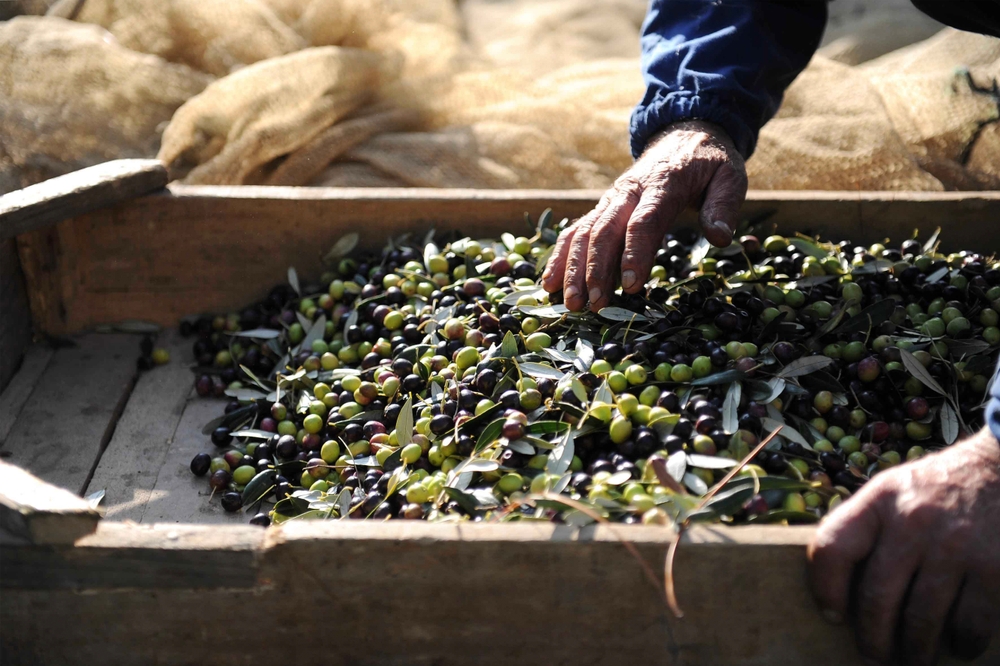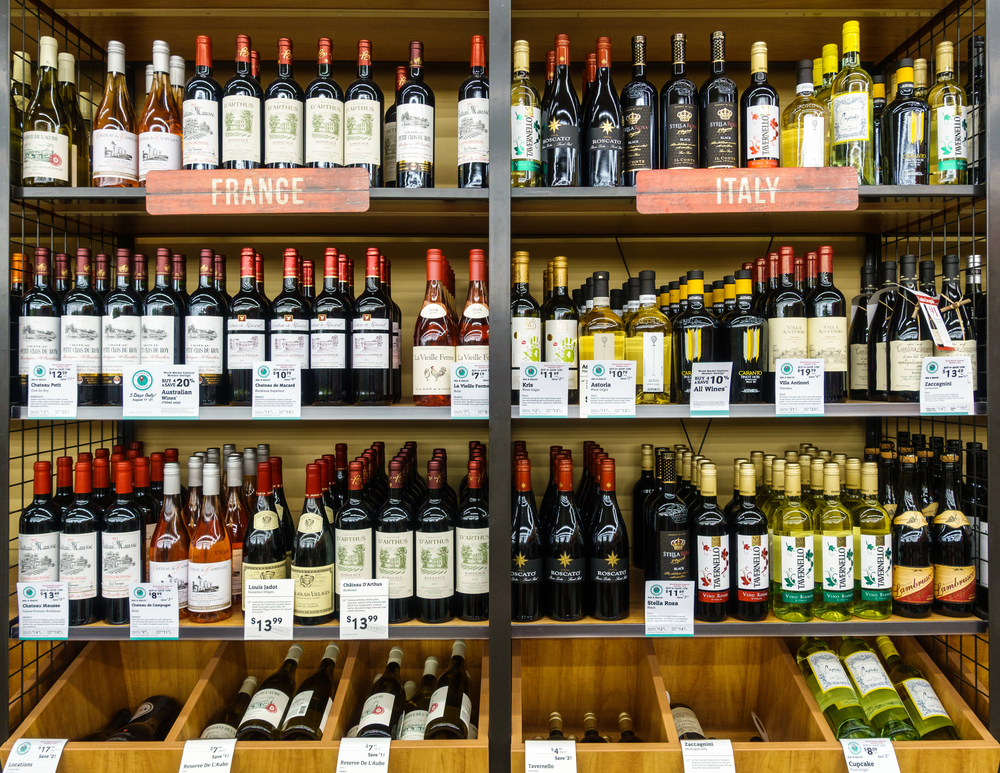After United States President Donald Trump announced “reciprocal” tariffs for 60 trade partners around the world on April 2, the European Union, slapped with 20% tariffs on all goods, approved retaliatory measures on Wednesday of this week.
But that all changed when, just a few hours later, Trump announced a 90-day pause on his sweeping tariffs for many countries, and the EU likewise paused its retaliatory proposal.
“We want to give negotiations a chance,” said European Commission President Ursula von der Leyen, adding that “if negotiations are not satisfactory, our countermeasures will kick in.”
For Italy, these decisions — the original US tariffs and the retaliatory EU tariffs — could have major consequences for some of the country’s most important industries. The United States is Italy’s third largest trade partner, just behind Germany and France, and in 2024, Italian exports to the US were worth €73 billion (about $83 billion).
Despite the pause, Trump’s 10% baseline tariffs on all imported goods remain, as do some industry-specific tariffs — like 25% on cars, steel and aluminum.
Here’s the state of affairs for several sectors of Italian goods that rely heavily on exports to the United States — and the outlook for them if the 20% tariffs are reinstated in July.
Italian food

Let’s start with an obvious concern for Italy: its world-famous food industry.
Exports from the agri-food industry in Italy are worth €7.8 billion (about $8.8 billion), and one out of every 10 exported products from this sector ends up in the United States.
If the pause is lifted in July as planned, the 20% tariffs could amount to an annual loss of €1.6 billion ($1.8 billion), according to Ettore Prandini, president of the Italian farmers’ association, Coldiretti. And Federalimentare’s estimates have shown that the 20% tariffs could lead to a 10% drop in revenue and 30% decrease in export volumes.
Italy is the number one importer of cheeses to the United States, generating €486 million ($552 million). Italian cheeses previously took a hit in 2019, when duties were imposed on products including burrata, mozzarella, ricotta and mascarpone. The additional 20% tariffs would not only penalize them further, but would extend those effects to previously unaffected cheeses like pecorino.
Parmigiano Reggiano, one of the biggest Italian exports, is poised for a serious increase in prices stateside. Nicola Bertinelli, president of the Parmigiano Reggiano Consortium said that the cheese aged 24 months “ended up on the shelves in the United States with an average price of around $50 per kilo. With the new additional duties [ed. If enacted], it will be sold at around $59 per kilo.”
Italian-made preserves such as tomato sauces are also set to increase in price due to tariffs that, after the freeze, could amount to 32%. This spike is prompting concerns that “Italian-sounding” but lower quality US-made products will become more attractive to US consumers.
Prosciutto di Parma, like Parmigiano Reggiano, is a PDO (protected designation of origin) product, meaning it can only be produced within a specific region. In 2024, 800,000 prosciutti went to the United States, a third of the total export quota, generating a turnover of €100 million.
Extra virgin olive oil

The United States is Italy’s largest export market for extra virgin olive oil. In 2024, more than one-third of exports of extra virgin olive oil went to the United States, said Nicola Ruggiero, the president of the Italian Olive Consortium, Consorzio Oliveti d’Italia.
For Ruggiero and other key players, concerns are also mounting about the potential for increased competition with US-produced seed oils.
Italian wine

Trade in the spirits sector has experienced a massive growth in the past few decades, with a revenue increase of 450% between 1997 and 2018. Exports, however, suffered a 41% drop with the duties increase during Trump’s first term between 2018 and 2021.
But in such a large industry — 39% of beverage exports go to the United States, according to Confindustria — there are concerns not only for a repeated drop in exports, but also for the impact on jobs.
“In Italy alone, the sector employs 450,000 workers, not counting the wine and packaging industries,” said Chiara Soldati, President of Italian Wine Federation, Casa Federvini. The tariffs come at a bad time, during the change of vintage, when importers stock up, which “could lead to contractual recessions and a reduction in exports.”
Italian fashion

The fashion world is also bracing for the possible effects of the trade war, especially in the luxury goods sector. In the first 10 months of 2024, Italian exports to the United States of luxury apparel, shoes, eyewear, leather goods and jewelry were worth almost €4.6 billion ($5.2 billion), as reported by the Associated Press.
The new tariffs will be added to duties already in place for the Italian clothing industry, such as 6% for cotton yarn and 28% for other materials.
Globally, the luxury fashion industry is reeling from a slowdown in 2024, when the sector saw a 5% drop to €96 billion ($109.3 billion) from €110 billion ($125.2 billion) in 2023.
Italian powerhouse Prada has defied the downward trends, and confirmed on Thursday that it would buy fellow legacy Italian brand Versace from the American multinational Capri Holdings. According to Vogue Business, the final sale price of $1.38 billion (€1.25 billion) was slashed from an initial $1.6 billion (€1.4 billion) amid the upheaval surrounding the new tariffs.
The New York Times called the Prada-Versace merger a “big bet on the value of ‘Made in Italy’” in uncertain times — perhaps the same bet that other concerned Italian sectors will have to make.













